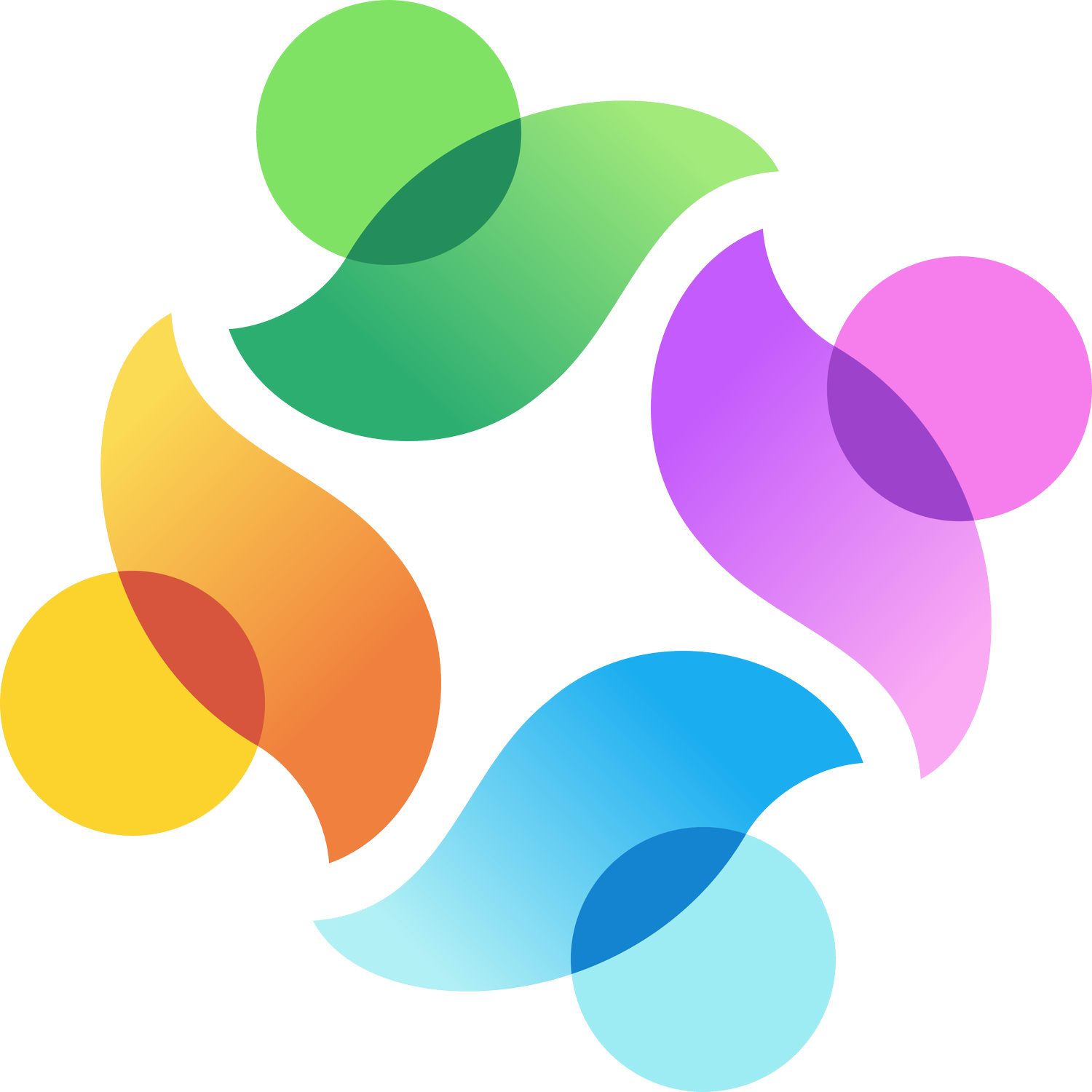Accessibility in the Workplace: Beyond the Basics
Accessibility at work isn’t just about ramps, captioning, or compliance checklists. It’s about people—how we see, support, and empower every individual to bring their full selves to work. In Whimble’s latest webinar, Sydney Elaine Butler, founder of Accessible Creates, joined host Emma Brown for a candid conversation about what true inclusion really looks like and how organizations can go beyond meeting legal standards to create genuinely inclusive cultures.
Finding Purpose Through Lived Experience
Sydney’s story begins with her own experiences growing up with disabilities, from attending speech therapy to navigating mobility challenges and later discovering her autistic traits. These experiences didn’t just shape her resilience; They sparked her empathy and inspired her journey into Human Resources, where she aims to support and empower employees.
During her HR studies, Sydney noticed how many discussions around disability were filled with discomfort. “When we talked about accommodations in class, I saw classmates, some already working in HR, react negatively to the idea of disabled people thriving in professional roles,” she shared. That moment made her realize that the real barrier wasn’t legislation, it was attitude.
Determined to change this, she launched Accessible Creates to help organizations redesign their systems, policies, and cultures, making accessibility an ongoing practice rather than an afterthought.
Moving Beyond Compliance
For Sydney, accessibility is a mindset. Too often, she said, organizations take a “copy-and-paste” approach to legislation without considering what inclusion truly means in their specific culture. “Legislation is the minimum,” she explained. “True inclusion means working with your people to adapt those standards to how your organization actually functions.”
She also emphasized that meaningful inclusion relies on effective leadership development. Many managers are promoted because they excelled in their previous roles, not because they understand how to support people. “We need to teach managers what leading people truly involves,” Sydney said. “It’s about empathy, adaptability, and creating psychological safety.”
Her advice to HR professionals: Instead of asking, “Are we compliant?” ask, “Do our people feel supported?”
Listening First: The Power of Data and Dialogue
When organizations want to begin their accessibility journey, Sydney encourages them to listen first. But listening, she explained, comes in different forms.
Anonymous surveys give a voice to employees who may fear being judged or punished for speaking up, while one-on-one conversations allow those who feel comfortable sharing their stories to be heard in depth. “Some people want their voice and identity known,” she said, “while others prefer anonymity. Both are important because they tell you different parts of the story.”
Sydney also emphasized that communication barriers are often at the heart of accessibility challenges. Neurodivergent and disabled employees frequently struggle with how to communicate effectively with their managers, and vice versa. Regular check-ins, guided by a shared agenda, can help build mutual understanding and prevent issues from snowballing.
By blending data from surveys with personal dialogue, leaders can uncover patterns, challenge assumptions, and design systems that help people not just survive at work but truly thrive.
Rethinking Recruitment: Inclusion from the Start
True accessibility begins long before onboarding; it starts with how organizations recruit and define “fit.”
Sydney urged leaders to challenge their own assumptions about who “belongs” in a role. Too often, hiring teams picture an ideal candidate who looks, thinks, or communicates in a certain way. “We need to flip that script,” she said. “Instead of asking who fits our culture, ask how we can expand our culture to include more people.”
This shift can begin with simple yet meaningful actions, such as prioritizing accessibility questions in job postings, utilizing closed captions in video interviews, and regularly reviewing hiring systems for potential hidden barriers.
For recruiters, Sydney suggested asking reflective questions: Why do I think someone isn’t a good culture fit? What biases might be influencing my judgment? These small but powerful shifts can transform hiring from a process of exclusion to one of discovery.
Building Human-Centred, Sustainable Inclusion
The heart of Sydney’s message is that accessibility is not a project, it’s a continuous practice. True inclusion happens when organizations view employees as whole people, not just “human capital.”
Her practical advice for leaders: listen with openness, not defensiveness. When employees share feedback, view it as collaboration, not criticism. Even small follow-ups like, “I haven’t finished this yet, but it’s on my list,” can help build transparency and trust.
Sydney also reminded us that neurodiversity is not limited to specific roles or industries. “Neurodivergent people can contribute at any level,” she said. “We all think differently, and that’s what drives innovation.”
To support that mindset, Sydney’s organization, Accessible Creates, offers audits for policy, culture, and physical spaces, helping employers identify barriers and implement real change. But more importantly, she helps them see accessibility as a shared responsibility that grows stronger through collaboration.
Keep the Conversation Going
Creating accessible workplaces is an ongoing process of learning, unlearning, and rebuilding. As Sydney beautifully put it, “Small waves are still waves and they matter.”
At Whimble, we’re proud to keep these conversations alive and connect HR professionals with experts who are shaping the future of inclusive work.
✨ Watch + Connect
📲 Follow us on Instagram to stay updated on the next webinar
🤝 Get in touch with the guest speaker here.

